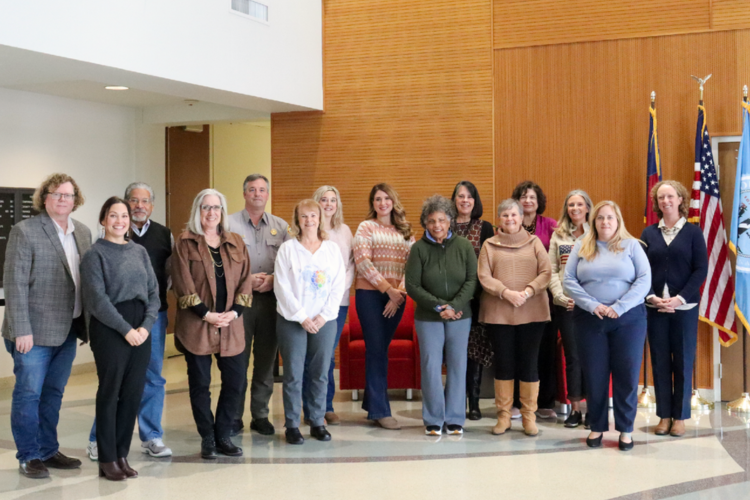NPS reports moderate sea turtle nest losses after Hermine
Since Tropical Storm Hermine has left the area, National Park Service biotechnicians have been hard at work determining the status of the remaining sea turtle nests along the Cape Hatteras National Seashore.
Sea turtles had a banner year on the islands in 2016, breaking the record number of nests within the seashore with a total of 323 nests that had been reported by last week. The former record was set in 2015 with a total of 289 nests.
In the past weeks, many sea turtle nests have hatched. However, the ones that remained when Hermine passed over the Outer Banks on Sept. 3 were subject to big swells and standing ocean water.
Overall, after the storm, there were a total of 47 nests that were completely lost or inundated with excessive amounts of ocean water. This is a little less than half of the 121 total nests that were still on the beaches when Hermine arrived.
Lead biological science technician William Thompson and his team have been going to every sea turtle nest within the seashore from Bodie Island to Ocracoke and have been assessing which ones were lost and which have survived.
The team uses GPS coordinates, measurements from storm markers that lead them to the nest site, and the transponder balls – or the orange balls that are placed in front of each nest – to determine if the nest is lost or not.
The team has already visited every nest site, but Thompson notes that the end results may change.
“The overall numbers will change within the next few days because we’re giving some nests the benefit of the doubt until we remove them,” says Thompson.
On Ocracoke Island, 33 nests are still remaining on the seashore, and of those 33, staff biologists say 18 look like they are still viable, while 15 have been inundated with ocean water excessively and may no longer be viable.
On central Hatteras Island — Ramp 30 south to Hatteras Inlet — there are 41 nests remaining in the ground. Eleven nests were lost completely during the storm, and 10 nests were inundated with excessive amounts of ocean water.
In the Bodie Island district, there are two nests remaining on Bodie Island, and nine nests remaining from Ramp 30 to Rodanthe on Hatteras. Nine nests in the Bodie Island district were completely lost, and two nests were inundated with excessive ocean water.
“Considering the swell, and considering the weather that we had, this is a moderate loss to our turtle nests, and it’s a moderate loss compared to past storms,” says Thompson. “It’s nothing that I am 100 percent alarmed about, but also not something to take lightly.”
The term “inundated with ocean water” is important, as it’s an indication that these nests that have been underwater for long periods of time may not survive.
“They’ve been overwashed and sitting in standing water for so long that there is little to no viability for those nests,” says Thompson.
“…It’s not likely that nests that were inundated with saltwater will have a good hatch success, but we could see some surprises with parts of each nest.”
Thompson also reports that all nests that were completely lost on Hatteras Island occurred on the east-facing beaches, from Ramp 44 northward to Ramp 23.
“We did not completely lose any of our south-facing nests,” says Thompson. “Some may have been ‘lost’ because they were inundated with water, but we didn’t [physically] lose any nests on those beaches.”
The main reason for the loss, as well as the location of the losses, also wasn’t because of the storm itself, but because of the aftereffects.
“We were seeing a long duration of heavy swell on the ocean side. And that’s due to the storm getting back into the ocean, strengthening, and creating that big swell that we saw,” says Thompson.
“The storm itself wasn’t that bad, but yesterday the swell peaked,” he adds. “The fourth and the fifth [of September] were our worse swells this year as it pertains to sea turtle nesting.”
The overall loss of 47 nests isn’t good news, but at the same time, it isn’t necessarily a shocking turn of events either.
“Overall I wouldn’t consider this a surprise,” says Thompson. “All predicted swell heights and winds coincided with what the storm did. The surprise from the storm was the soundside flooding that had occurred after the storm had passed.”
At this point, all nests on the seashore have been looked into and have either been lost or protected in some shape or form. What this means is that the NPS can now expand the remaining nests when they’re getting close to being ready to hatch, reinstall filter fence, and lengthen the boundary lines to the shoreline as the swell recedes.
These tasks are all on the agenda for the biotechs in the coming week, which will be a solid step in getting the remaining resident sea turtle nests back to normal, post Hermine.








